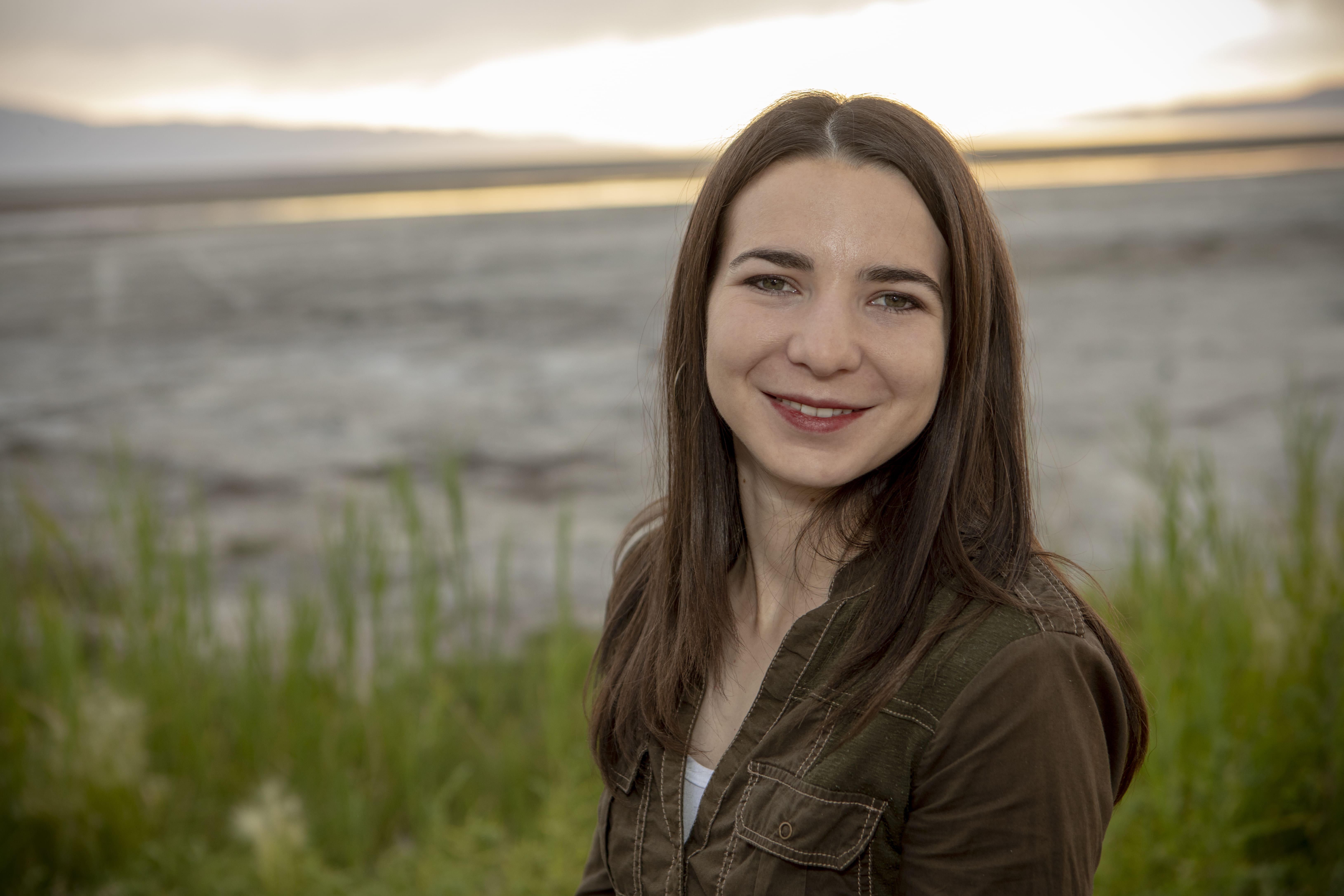
Emma Penrod
Great Salt Lake Collaborative Freelancer
Emma L. Penrod is an award-winning investigative journalist based in Utah. She focuses on agriculture, energy and environmental health news, and has a particular interest in exploring science-based solutions for building sustainable and equitable businesses.
Her work has appeared in numerous trade and business-oriented publications, as well as in public-facing outlets including Sierra magazine, Newsweek, Insider, The Weather Channel, the High Country News and The Salt Lake Tribune. She is also a published historian, amateur flutist and the author of two books.
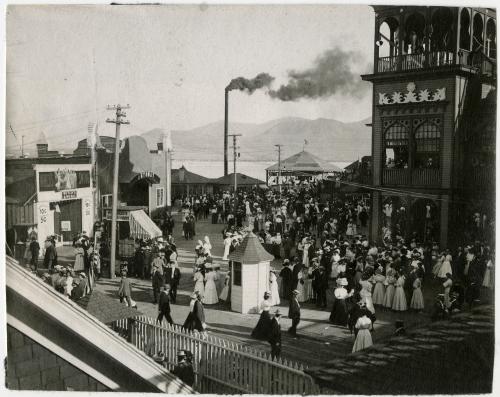
- Details
The lake’s Glory days need not be a thing of the past. Its best days may be yet to come–and are perhaps already here. Editor’s note: This story is part of a series of stories by the Great Salt Lake Co...
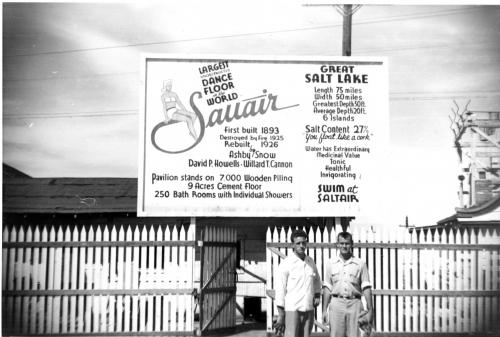
- Details
Here’s a question that catches people off guard: What would happen if Utah is successful in saving the Great Salt Lake? For the past two years as the lake has been the subject of intense public scruti...
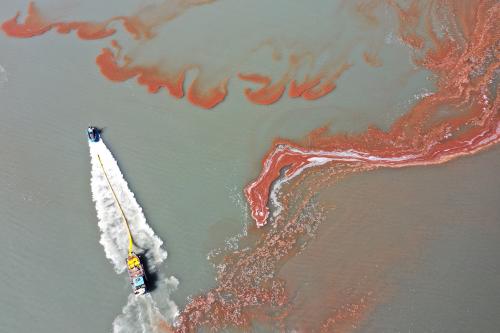
- Details
Saving the Great Salt Lake is important because it makes a critical international industry more sustainable. Editor’s note: This story is part of a series of stories by the Great Salt Lake Collaborati...
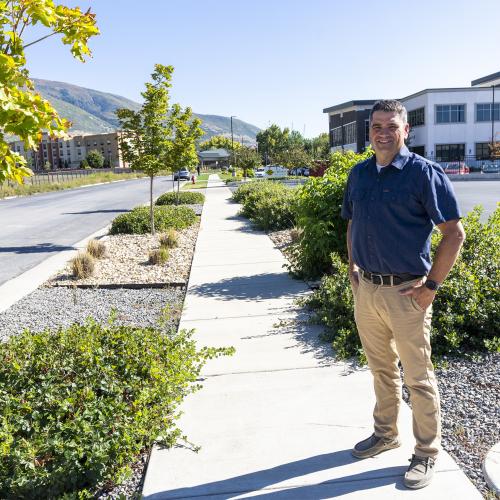
- Details
How thinking about water when planning cities and homes can save the lake and lead to happier, more connected Utahns Editor’s note: This story is part of a series of stories by the Great Salt Lake Col...
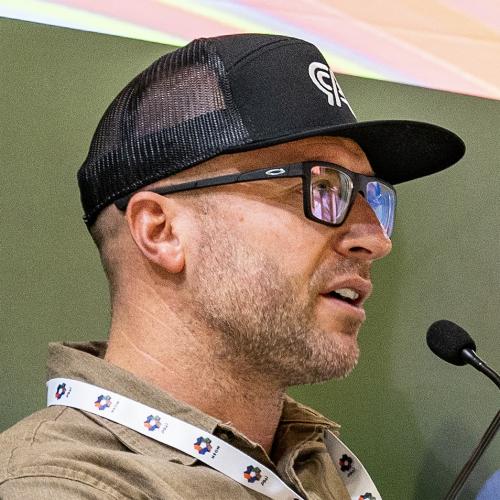
- Details
Renaissance Ag CEO Caleb Wilkins does not believe farmers set out to destroy the environment, the land on which they depend. They know how to graze and feed animals and raise crops in ways that minimi...

- Details
Surprise: Agriculture and the lake need each other to survive Editor’s note: This story is part of a series of stories by the Great Salt Lake Collaborative that asks the question: Why save the Great S...

Stay up to date with our newsletter
© 2026 Great Salt Lake Collaborative
A Solutions Journalism Project
Stories copyright their respective publishers, used by permission.
Site by Third Sun
